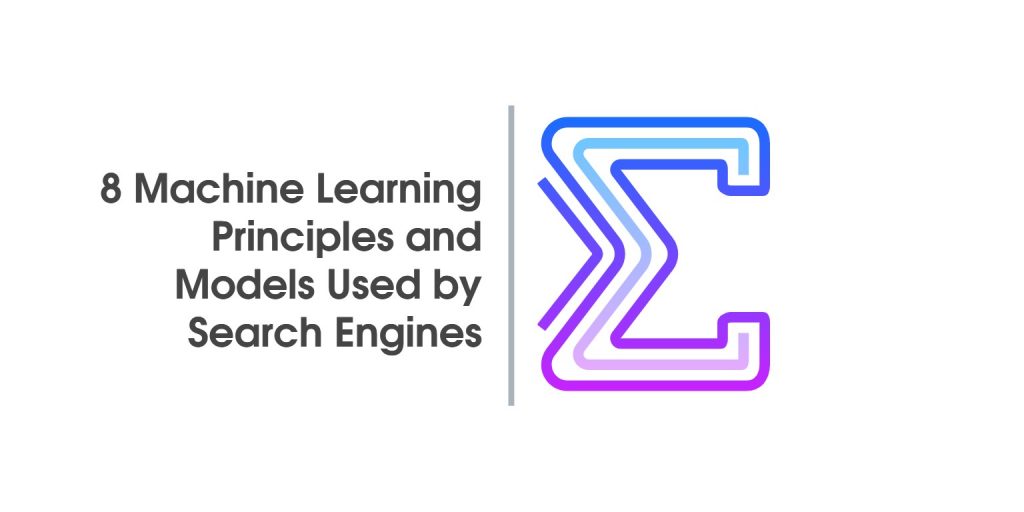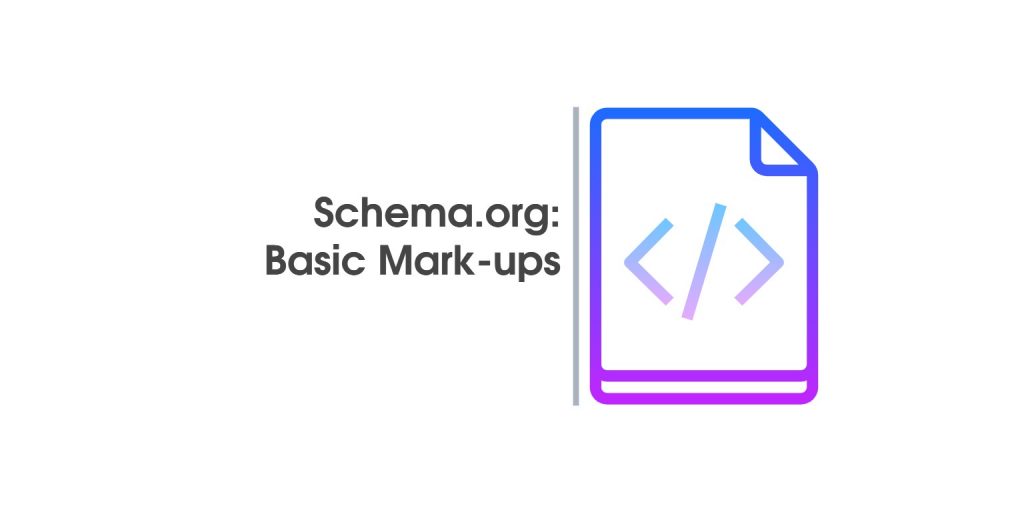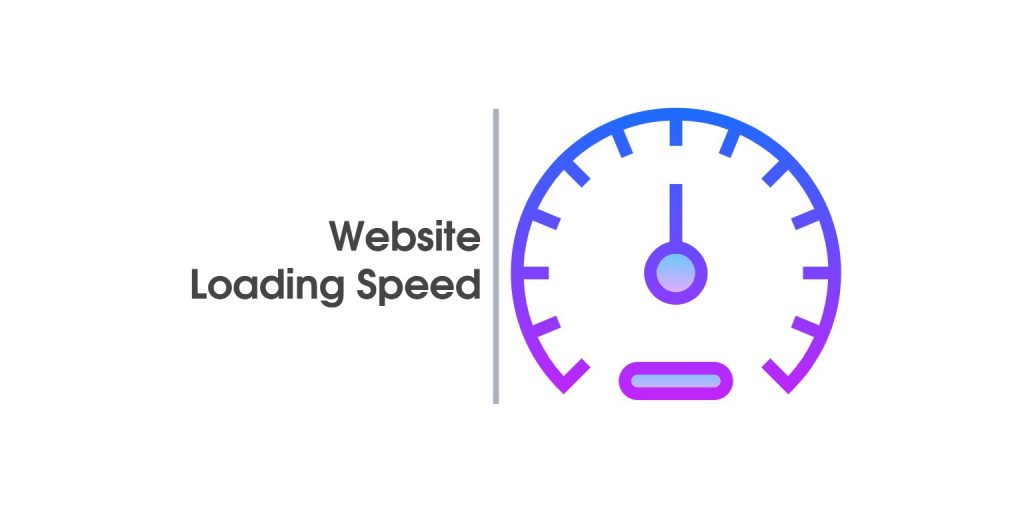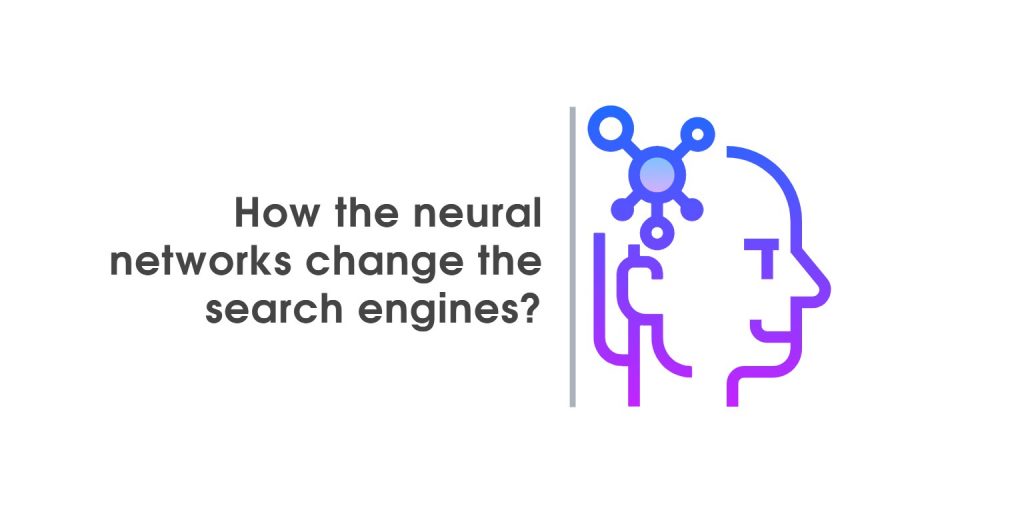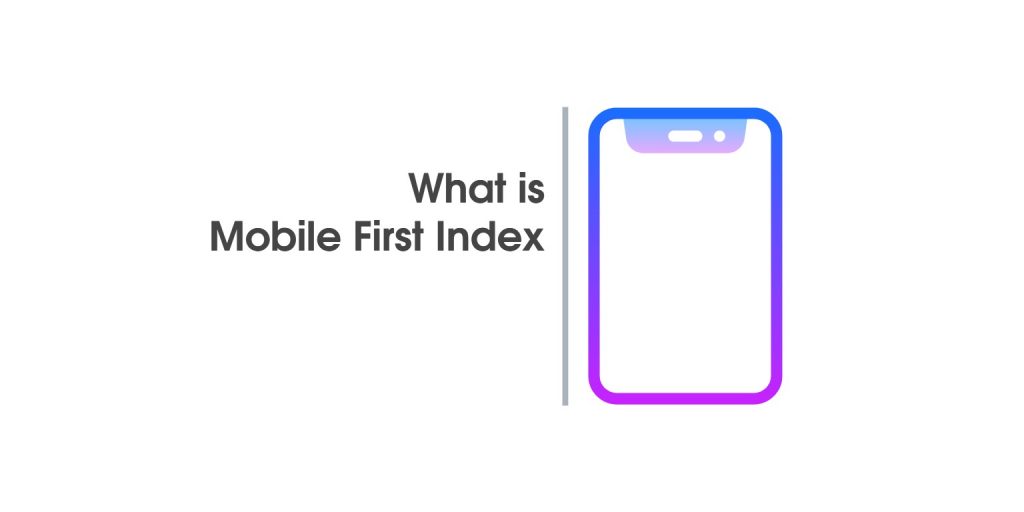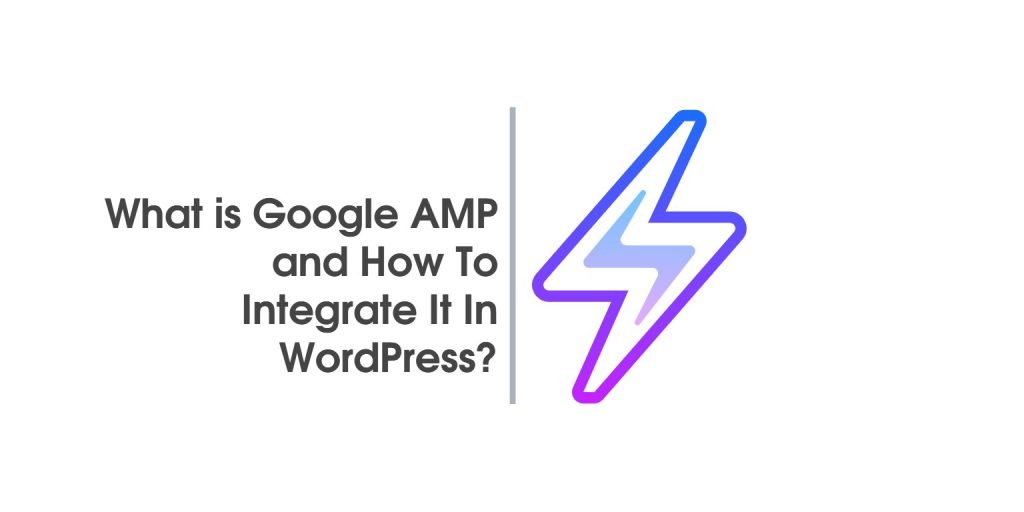How To Recognize The Backlinks With Negative Impact
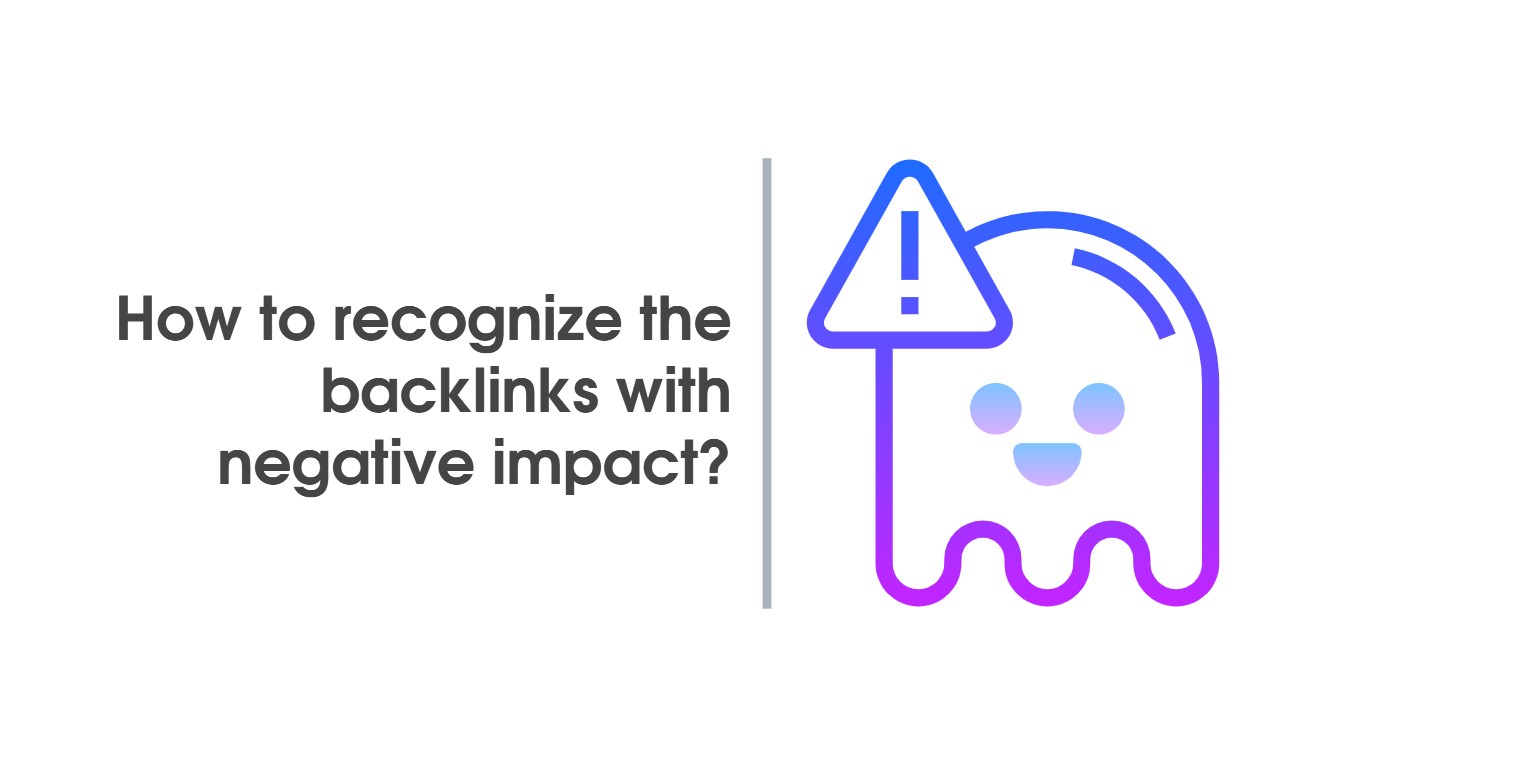
We all know about hyperlinks (links) in the internet. That they make it easier for us and help us work faster, etc. However, they also make search engines easier to work with. This is one of the key parameters by which a search engine evaluates the quality and ranking of websites.
There are different types of links – there are those that come naturally by linking to a product, service, or other that some user wants to share with others. There are links in relevant articles that a media gives to a site that thinks it is useful, etc. These types of links improve the ranking of websites because they are useful and have high quality website traffic. But there are some types of links that are not good for websites. They are most often created by competing companies that aim to harm you. One example of this is the links with 2 straight lines (||) in the title (title) and most often Indian .in domain or .pw .icu domain.
Here is an example of such a site:
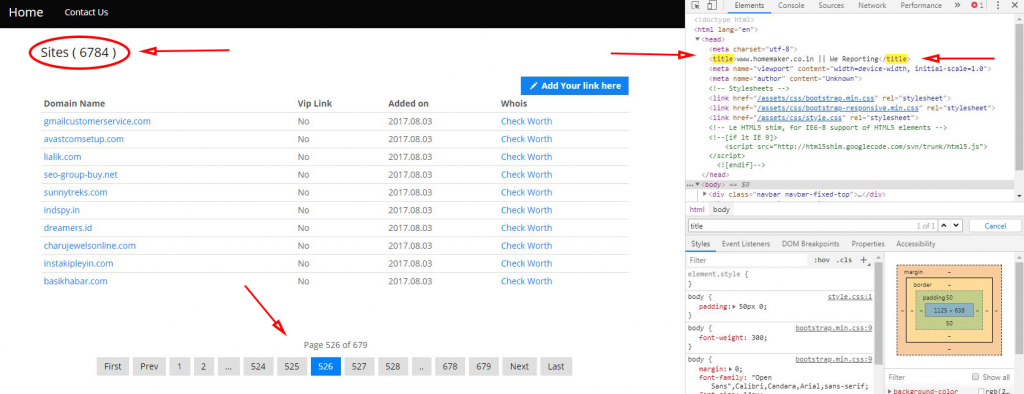
These are huge lists of linked sites. This aims at the search engine algorithms to evaluate that your site is doing black hat SEO. And the result is a penalty on the website or a decrease in positions. For this, it is very important to always monitor the link profile and remove malicious links through the Google disavow tool.
How to identify malicious links?
The easiest way to do this quickly is to use SEO tools. There are many, Ahrefs, for example. In it, most malicious links can be stopped by parameter filtering. The simplest way is to look at the DR (Domain Rating) parameter. Anyone with a low such parameter is most often malicious or of low quality.
However, there are some who become skirting. More specifically, those who have good DR, but he is “deceived”. These sites, despite their parameters, are still huge lists of links that are detrimental to your website. They can be identified as follows. All you have to do is filter by nationality. In most cases, these sites are Indian. Or from any country that has nothing to do with the targeting group on your site.
Another way to find malicious links is, as I mentioned above, to look at the website title. Bad list sites often contain || (two straight lines) in their titles.
In addition to the list of malicious sites, there are other ways that you may not suspect your site. One way to do this is to migrate databases to old sites, to new domains with poor parameters or obscene nature. I’ll give you an example.
Some time ago, free classifieds sites were very popular. In some of them, a company can be promoted and a link can be taken. But some sites are no longer active or have expired domains. And what happens is someone decides to buy a bad domain and upload the entire site database + links inside such a bad domain and suddenly you find yourself having a link with bad parameters or obscene content without even suspecting. In particular, it becomes a question mark for the site obqvibg.net. After their primary domain stopped working, a subdomain with obscene content was released and all links were there. Failure to pay attention may result in your site being penalized.
There are another type of malicious links that are related to software that retrieves information from websites. They retrieve all images from a website. This results in an image page that links to the same site but has a large number of image links.
